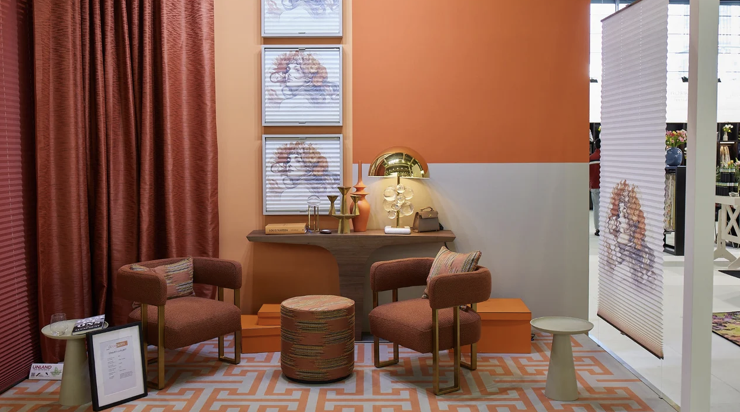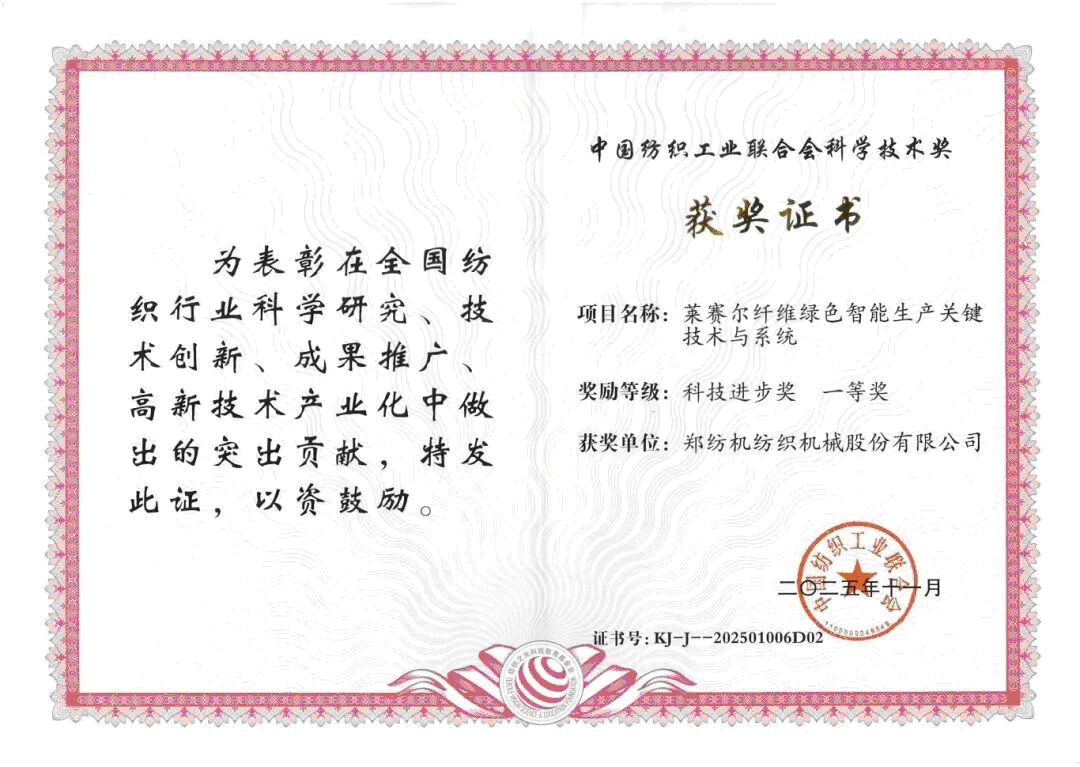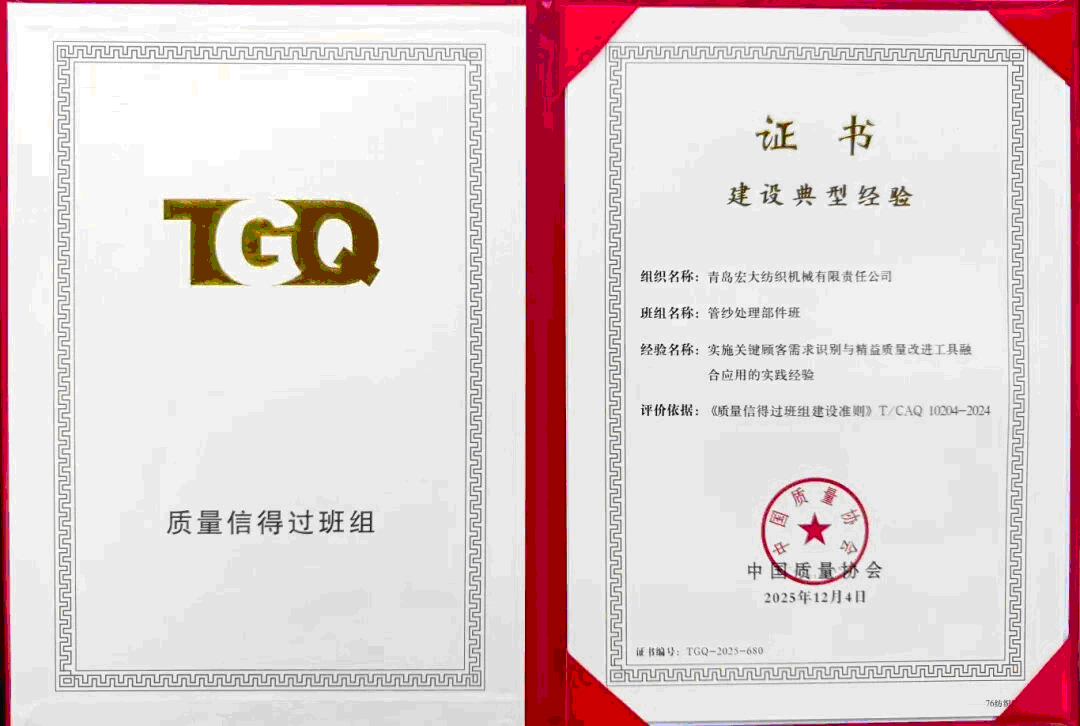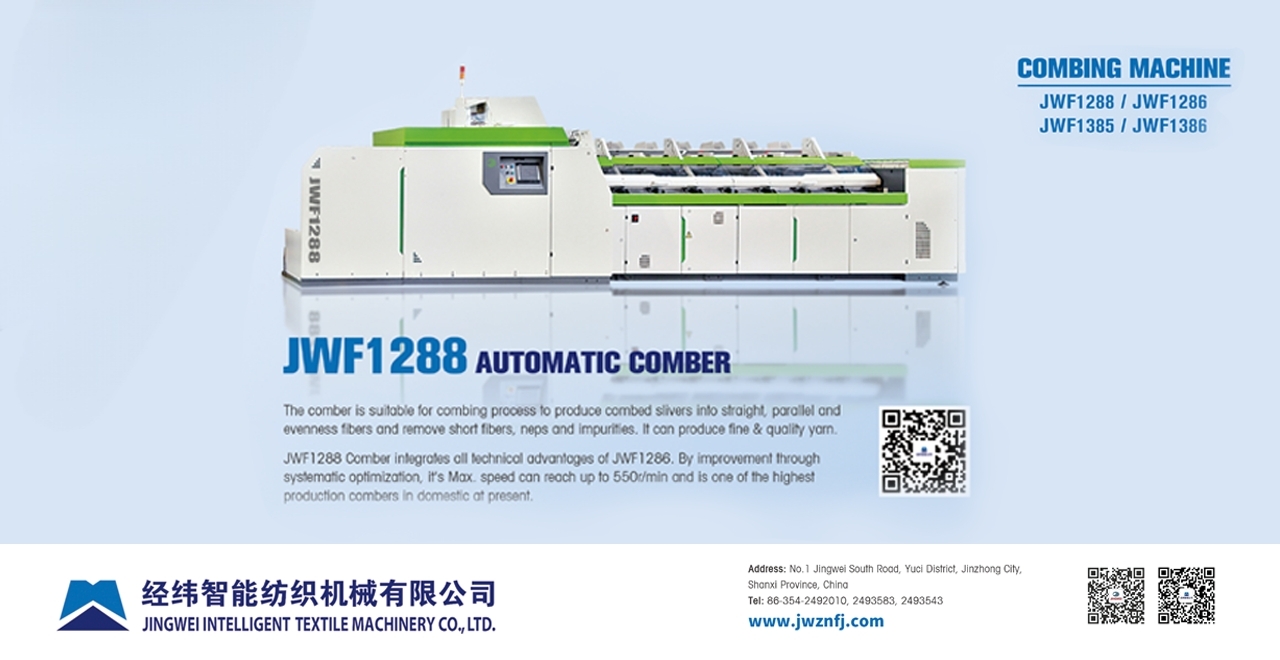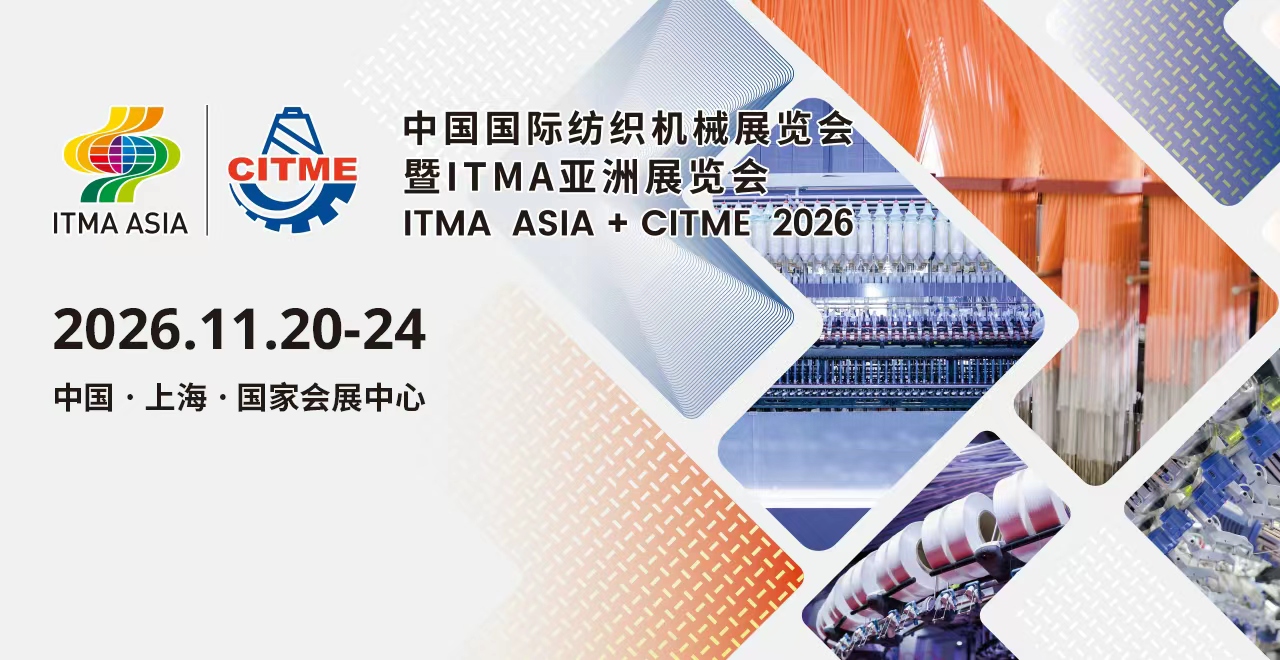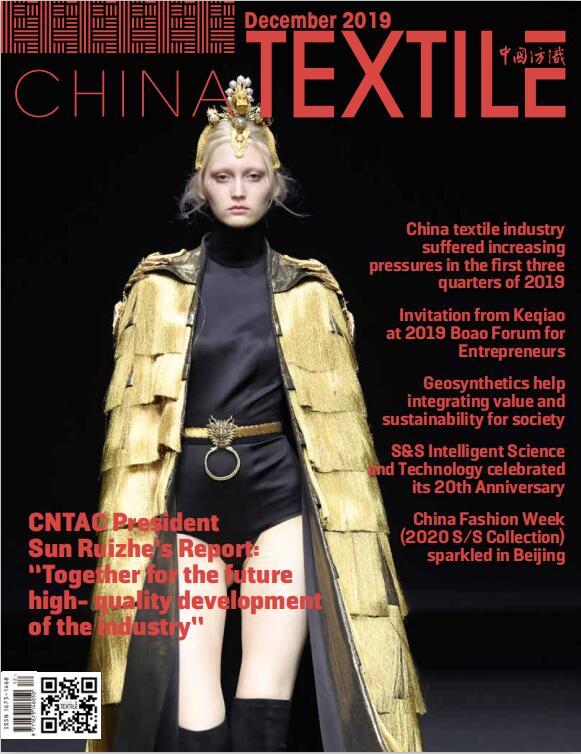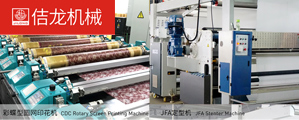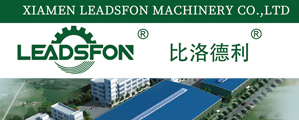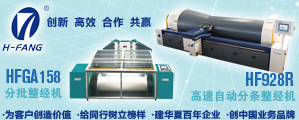
- U.S. apparel imports and exports slide in 2020
- The biggest apparel importer USA has witnessed a dip in its apparel imports during 2020 – both value-wise and volume-wise, according to the latest data of OTEXA. U.S. imported 2.31 billion SME of apparels in 2020 valuing the USD 64.07 billion down by 16.37 percent and 23.46
- Mar 12, 2021

- The output value of the apparel industry in Liling, Hunan increases by about 20 percent in 2020
- In 2020, despite the impact of the pandemic, the production of apparel enterprises in Liling City, Hunan Province still achieved a contrarian rise, and the annual gross production value increased by about 20 percent. It is understood that the apparel industry in Chuanwan Tow
- Mar 11, 2021

- Puyuan’s total turnover on the 22nd is nearly 100 million yuan
- Puyuan is the country’s largest sweater distribution center. After the Spring Festival holiday, the 15 main markets of Puyuan ushered in full market opening as of February 22. At present, online sales have become an important sales channel. According to statisti
- Mar 11, 2021

- Regional supply chains still shape textile and apparel trade
- Textiles and apparel might be a global industry, but the latest statistics show trade patterns remain largely regional. However, changes are happening, and align closely with the shifting sourcing strategies of fashion brands and retailers and related free trade agreements – as shown in th
- Mar 11, 2021
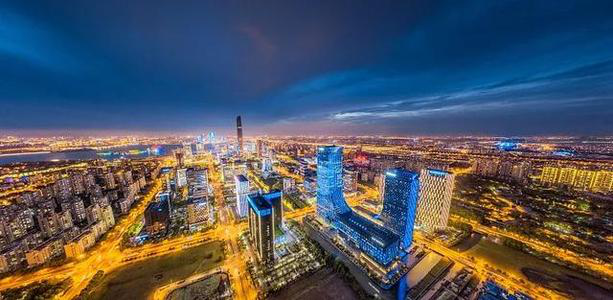
- China’s 14th Five-Year Plan opens up new development space for textile industry!
- In the first year of the 14th Five-Year Plan, local governments have formulated and released the 14th Five-Year Plan for National Economic and Social Development and the long-term goals for the year 2035. The textile and apparel industry still has an important position. The transformation
- Mar 10, 2021
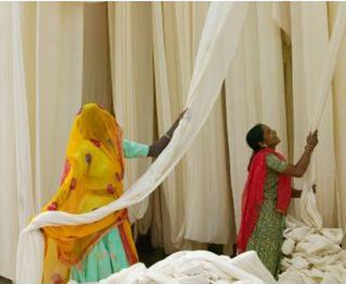
- 8.50 percent fall in India’s cotton yarn exports in 2020
- India’s cotton yarn export was worth USD 2.61 billion in 2020 and noted 8.50 percent year-on-year fall, according to the official data. However, there were countries where India witnessed significant increase in cotton yarn exports such as Bangladesh, China, Vietnam, P
- Mar 10, 2021
|



